Our load securing experts
How can we help you?

Do you need help on how best to transport a particular load safely? Contact our cargo securing experts - they will be happy to help.
Contact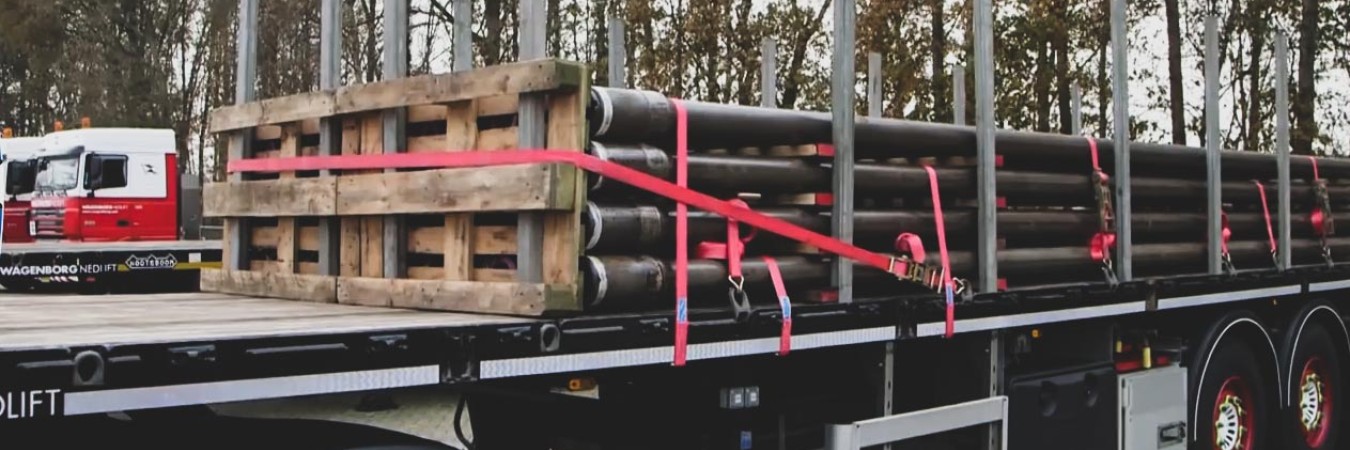
Form-closure load securing is an effective way of securing cargo. It involves placing or securing cargo in such a way that it fits perfectly in the available space, allowing minimal movement during transport. There are different methods, this blog will cover the following:
- Form closure
- Securing
- Direct lashing
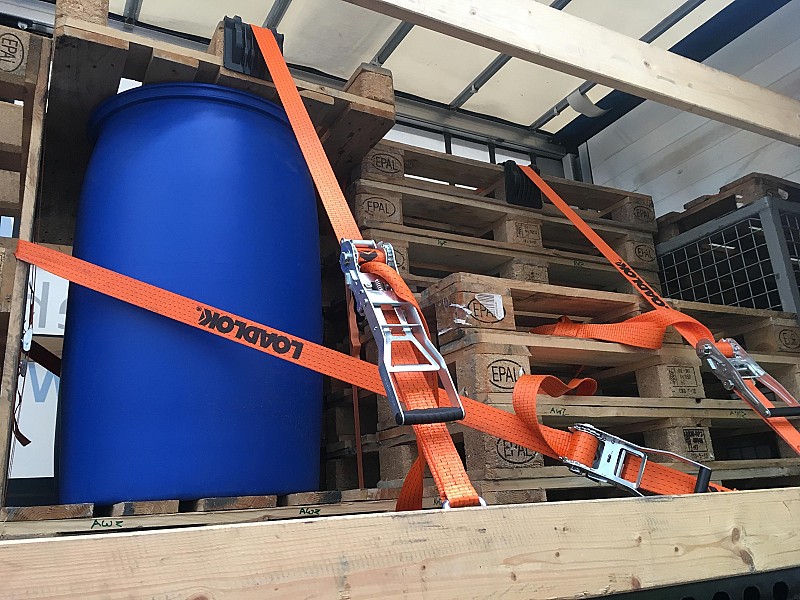
With form-closure load securing, the load is locked in such a way that it cannot move, for example by using air cushions and harmonica-shaped filling elements. In many cases, this is the fastest method of load securing and, when used properly, also a very reliable one.
With this method it’s important that the elements are fitted in the right places making movement in any direction impossible. As simple as they may seem, the use of these devices is also subject to strict rules. For instance, when using air cushions, it will be necessary to consider the maximum pressure they can withstand and thus calculate whether they are up to the task. Deflating an air cushion or compressing a form-fitting element reduces the effect of this method of load securing to zero. If the vehicle goes over mountains, the difference in air pressure must also be taken into account.
A very important condition in confinement is that the vehicle must be strong enough to absorb the forces in and against the direction of travel and sideways. The load is pushed against the walls, so to speak. This makes trailers with slack walls, such as curtainsider trailers less suitable for form-fitting cargo securing, unless they carry the XL mark (such as, for example, the RolaMotive XL or XLS). Locking is primarily a method to make the load stable, i.e. to prevent tilting, for example of barrels on pallets. If calculations show that sliding is then still possible, an additional securing method should be used. The most effective method is still to use lashing straps, preferably with friction materials.
Most trucks, trailers and semi-trailers today are equipped with profiles or lashing tracks on the loading floor. Load securing devices can be fitted in these, such as elements for securing a pallet. This prevents movement of the pallet in at least one direction.
But movement in other directions is still possible. Moreover, only the pallet is then secured and not the load on it. So the problem is effectively just shifted from the friction between loading floor and pallet to the friction between the goods and the top of the pallet.
Proper form-fitting of the pallet is necessary here, and due consideration must also be given to the height of the centre of gravity to calculate whether the pallet cannot tip over. Chocks are triangular elements that can be used to hold rolls in place. They are used, for example, when transporting rolls of paper and metal, known as coils, or when transporting pipes. Chocks with a slightly rounded shape are then used so that the coil has full support. The coil is placed with the rounded side on the loading surface and at least four chocks are applied, never less.
The chocks absorb the forces applied to the rollers only in the transverse direction. There is still no fuse in the longitudinal direction and so there will still have to be lashed.

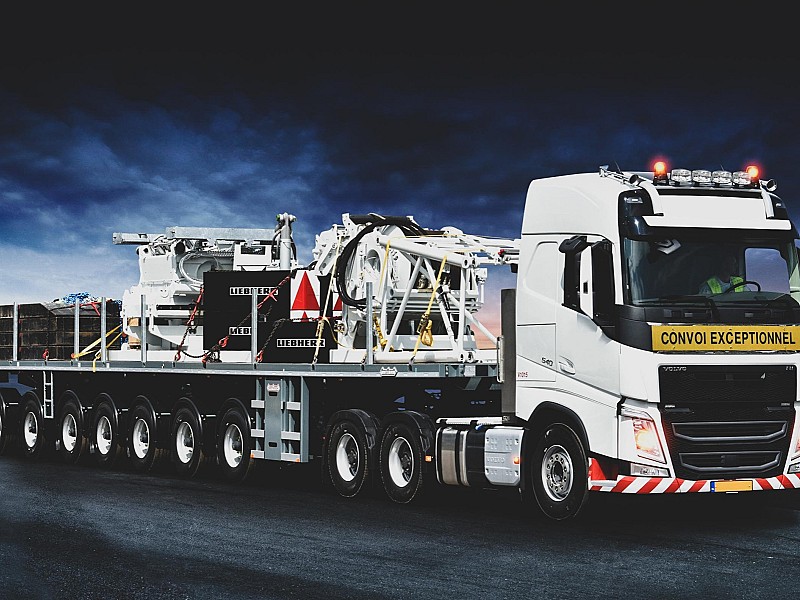
Direct lashing is the most effective form of lashing, especially for heavy loads where lashing down is no longer safe. Lashing equipment is directly attached to the load itself. Whereas tie down lashing only increases the friction between load and cargo floor, direct lashing secures the load itself. If the load tends to shift, the lashing means absorbs the forces. In so-called head lashing, for example, lashing straps, tension chains or tension cables are attached to the upper corners of the cargo and then to the loading floor. This is a very effective method, as the load is fully secured.
On each of the four sides of the load, tensioning devices are applied from the top or a sufficiently high point to the loading floor. This at least prevents tilting when there is sufficient tension. Sliding can also be prevented, but may require the use of anti-slip mats.
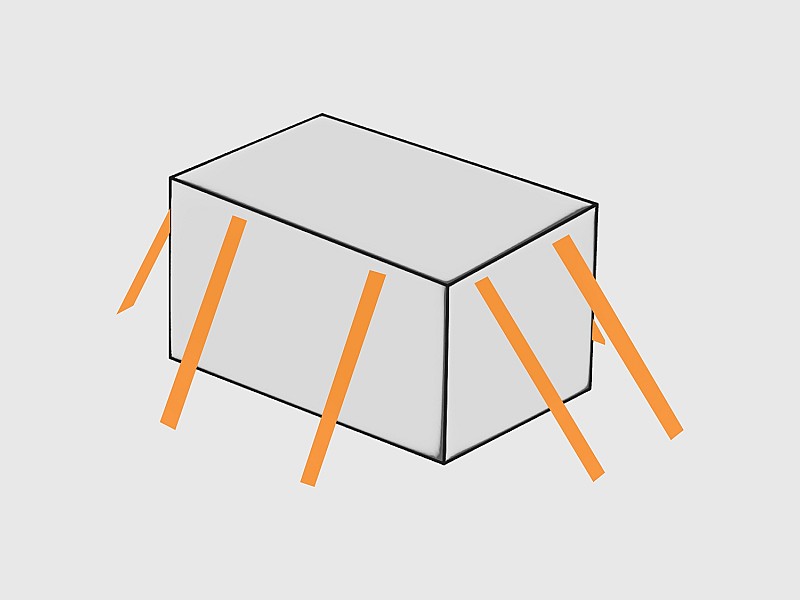
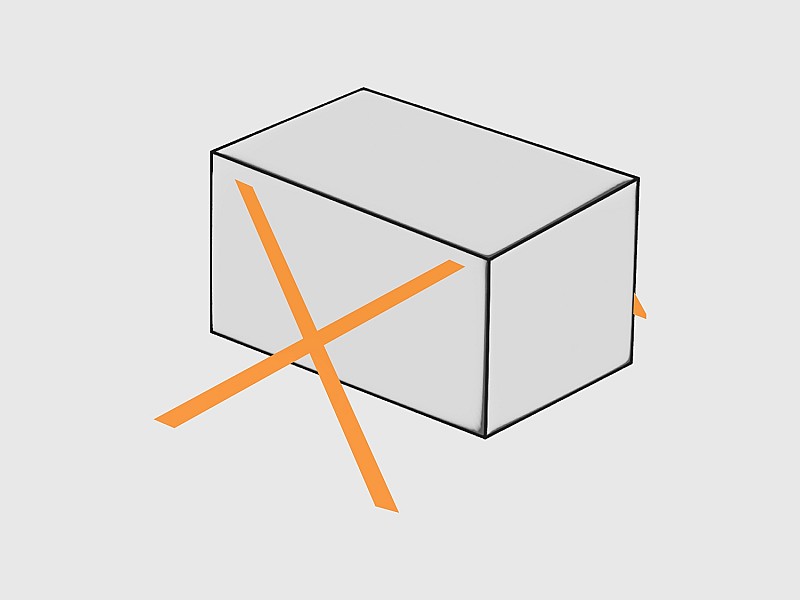
This method is similar to diagonal lashing, but the lashing means are applied diagonally. However, this is only done on two opposite sides, so that not eight but only four tensioning elements are needed. This method is also primarily intended for securing against tilting of the load, but in combination with anti-slip matting, for example, diagonal lashing can also prevent sliding.
While braking a vehicle the greatest force (80% of the weight of the load) acts in the direction of travel. Therefor block lashing (or spring lashing) is a very safe method. The front, top corners are secured with tensioning devices such that they can no longer move in the direction of travel.
The effect is therefore the same as when the load is secured against the bulkhead. However, lateral forces and the force against the direction of travel must still be taken into account. So here too, additional means such as anti-slip mats may be necessary. Of course, good lashing equipment must be selected and special attention must be paid to the capacity of the lashing points, as they are subjected to very high forces.
Different lashing methods are usually combined with each other. It makes sense to use anti-slip mats to save on lashing equipment. Spaces are filled with dunnage bags, for example.
Finally, the load is permanently secured with a minimum of lashing devices. This can also be combined, e.g. block lashing to absorb the forces in the direction of travel and diagonal lashing on two sides to absorb the remaining lateral forces.
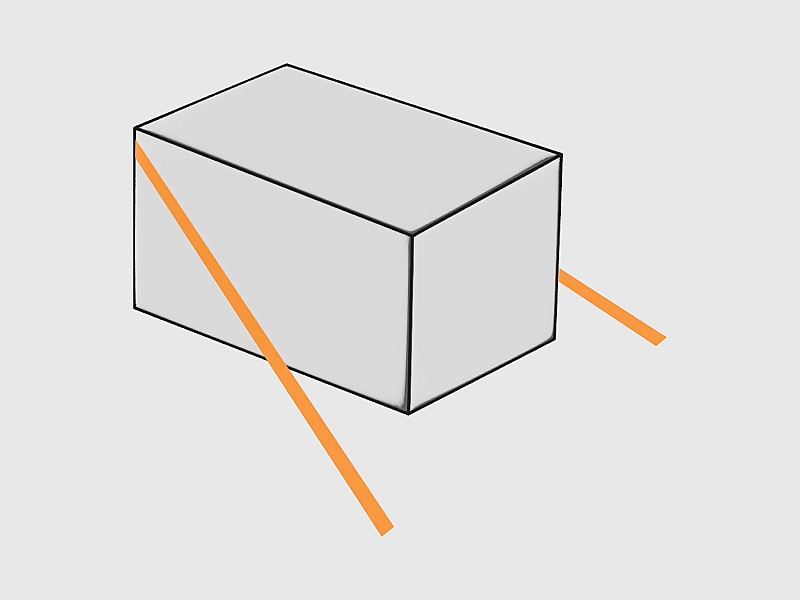
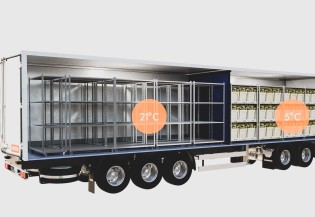
Find every download related to IsoLok: User Manuals, Mounting Instructions, Product Information and Brochure.
Read more
As a transport company, you know that ensuring the safety of your cargo is evident —not just for operational efficiency but also to comply with regulations.
Read more